Matter of Type, 12th Typography Meeting Book of Proceedings
Matter, in its classical sense, is that amorphous mass from which our world gains physical existence. Wood and metal matter began by materializing typographic forms, giving them substance while, simultaneously, meaning was being attributed to the former. Today, digital forms/formulas (Flusser, 1999: 35-38) seem to have no matter—although their existence is made possible through material technological infrastructures—yet they continue to materialize our experience in the world.
In an era where we witness a return to traditional typographic practices, bringing them to the present, where typographic forms and uses without physical existence are created and metamorphosed, and also where design and typography are configured in the articulation between the tangible and digital, the word “matter”—in its diverse senses— opens up horizons for questioning contemporary typographic practices.
The meanings of matter thus lead us to think and interrogate design, and particularly typography, from the following perspectives: Matter as a substance which, once informed by letters, becomes intelligible and creates meanings. What constitutes this substance in current typography?
Additionally, its formless characteristic reveals the breadth of formal, ductile, possibilities, in line with the different means by which typography is produced. Between the analog and the digital, physical space and the virtual, and all possible combinations. What are these flows, and what implications do they have on design? How does the same (metaphorical) matter metamorphose into different materials? What are the metamorphoses of typography(ies)?
Also, through the conception of matter as what is tangible—referring us to the physical world that simultaneously enables, organizes, and conditions our individual and shared experience—we can question the different senses in which typography becomes tangible, that is, according to which it participates in shaping our experience of the world? In this aspect, the contextual matter of typography, in practice, its media, is also particularly relevant.
Finally, political, social, historical, cultural, and environmental project dimensions, and others that challenge the role of design, are threads that run through all those questions and intersect with each other, thus configuring the web of the matterofType.
AUTORES / EDITORES
COLEÇÃO
ANO DA EDIÇÃO
ISBN











